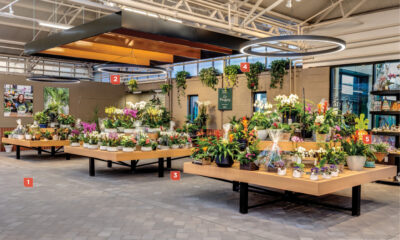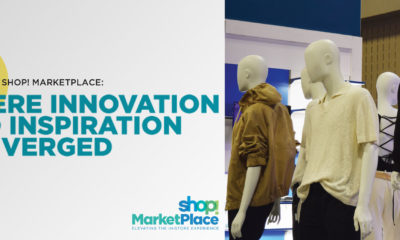Cole Haan is known for its handcrafted sensibilities, a quality that’s communicated through its products as well as its store environments.
However, when the retailer set out to design its newest store – a 1720-square-foot space in New York’s SoHo neighborhood – it was able to achieve its timeless aesthetic using a decidedly modern technology: LED lighting.
“The initial intention wasn’t to go all LED,” says Doug Russell at Brooklyn, N.Y.-based Lighting Workshop, which consulted on the lighting for the project. “But in early design meetings, we started looking at some lamps and the retailer was impressed by the color rendering. At one point I said, ‘We might be able to do this with all LEDs,’ and they got quite excited about that.”
The store is set up like an old-fashioned shoe workshop, with custom metal cabinets, industrial materials, reclaimed oak herringbone floors and upholstered seating.
But as Russell points out, “most LED fixtures are contemporary, modern and slick.”
So one of the biggest challenges on the project was finding the right fixtures for the setting. Working with interior design firm Roman and Williams Buildings and Interiors (New York) and Sienna Design (New York), custom light fixtures were created for the store.
“It’s a very traditional palette of fixtures,” says Russell. “You don’t see any down or track lights here.”
Instead, custom blown-glass pendants, shelf lighting in brass housings and a beaded feature chandelier – all designed to look like they’re 80 years old – hang overhead.
Illuminating those antique-looking fixtures is some of the latest LED technology, supplied by Philips (Somerset, N.J.). These include the eW Cove QLX Powercore linear cove lighting for display shelves, EnduraLED A19 dimmable lamp for the glass bowl pendants and EnduraLED PAR dimmable indoor flood lamp for the brass and black hanging units.
Lisette Ditters, director, market segment retail, for Philips, says the 17-watt EnduraLEDs can be used to replace more traditional 50- or 60-watt halogens, while the cove lamps can replace comparable T8 or T12 fluorescent sources. “It creates a nice, even light on shelving,” she adds.
While LEDs have improved in their color rendering, Russell used a few design tricks to enhance the setting. For instance, the glass on the hanging pendants has an amber tint and the chandelier beads are in earthly colors, all designed to give the bounced light a warmer glow.
All-LED projects like Cole Haan are becoming more common, but the jury is still out on whether LEDs are ready to be accepted as a general illumination source. More retailers are taking a cautious approach and testing it in single store locations, says Ditters. “They want to make sure they don’t lose any store experience,” she says.
Russell says in the case of the Cole Haan SoHo store, the project’s low ambient light levels helped cut down on the cost and the need for a high amount of illumination. In fact, the SoHo store uses less than 0.5 watts per square foot. “It’s an intimate space,” he says. “The design is unique and the lighting speaks to that.”
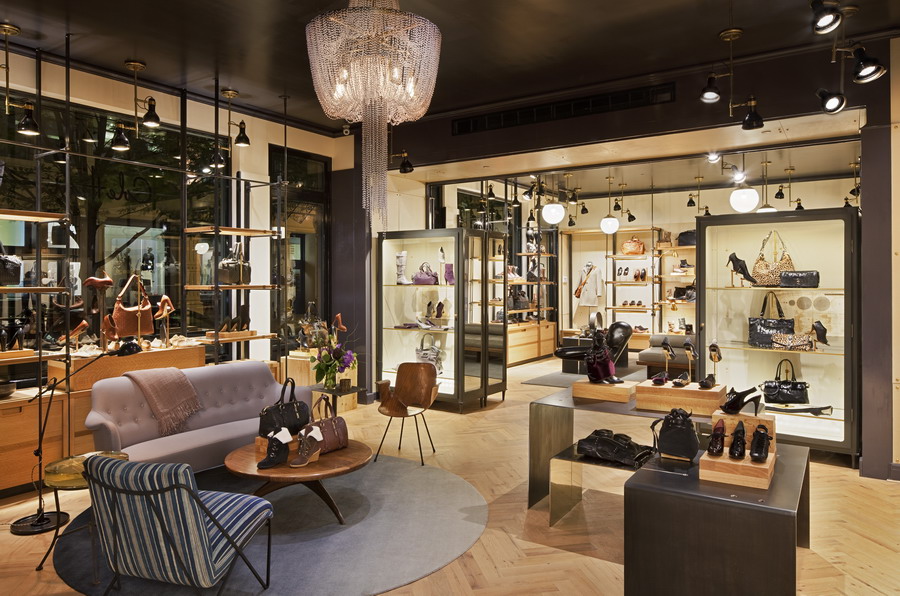
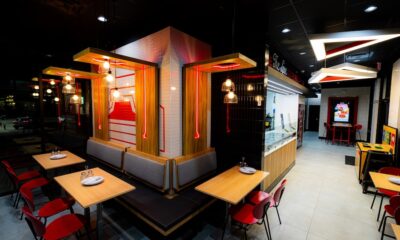
 Headlines1 week ago
Headlines1 week ago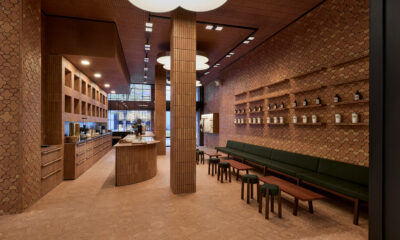
 John Ryan2 weeks ago
John Ryan2 weeks ago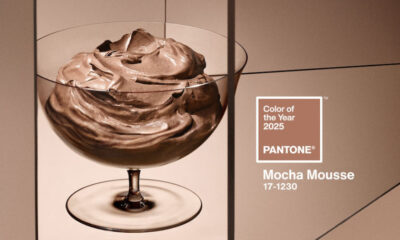
 Headlines7 days ago
Headlines7 days ago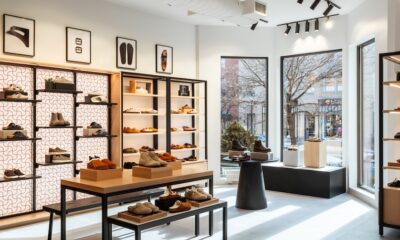
 Headlines2 weeks ago
Headlines2 weeks ago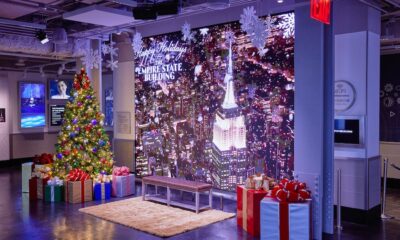
 Headlines1 week ago
Headlines1 week ago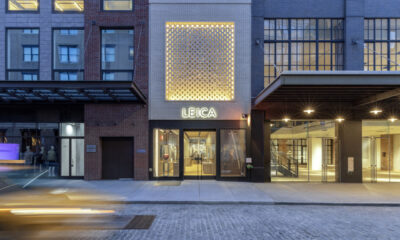
 Retail Buzz3 days ago
Retail Buzz3 days ago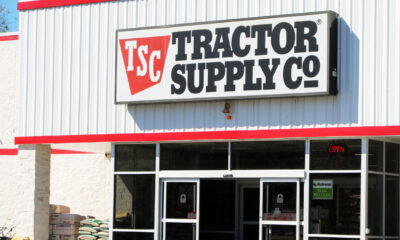
 Headlines1 week ago
Headlines1 week ago
 Headlines1 week ago
Headlines1 week ago
